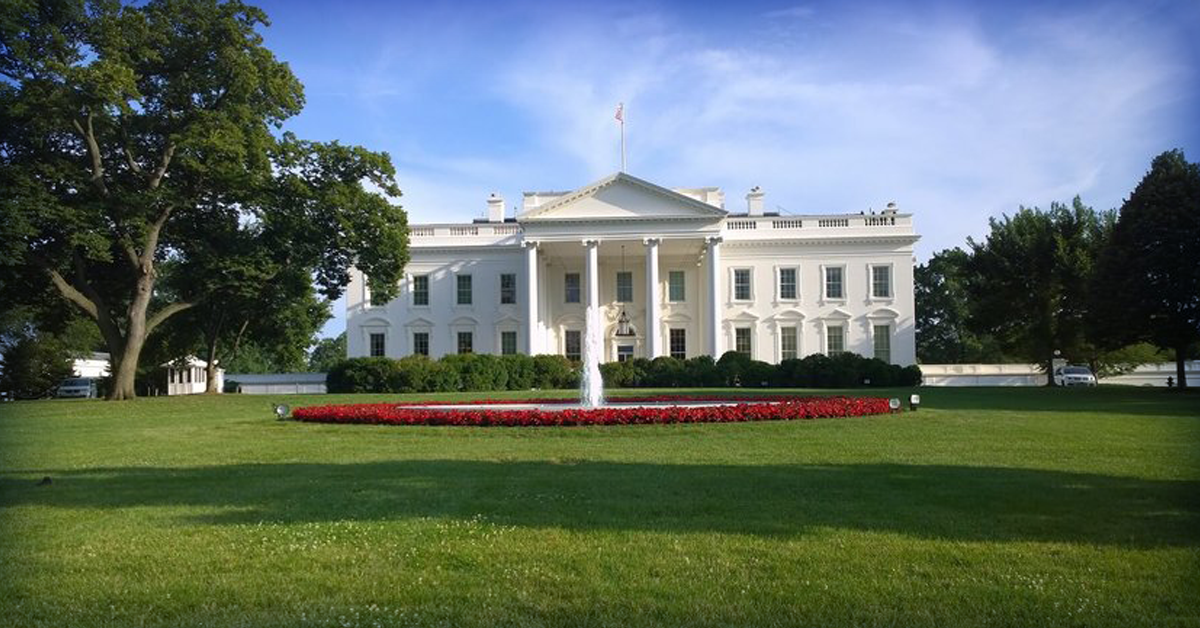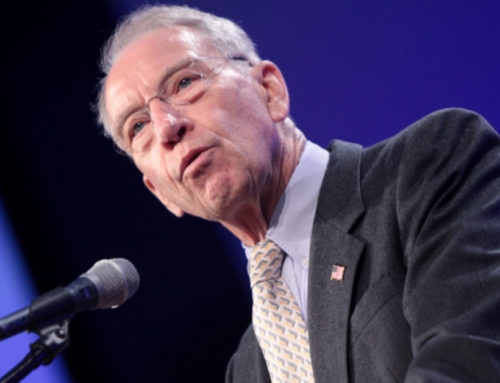The United States Supreme Court has agreed to hear the suit against the government in which insurers claim the government backed out of its agreed corridor payments to offset losses from participation in Obamacare markets by initiating a cap against payments. President Trump has signed an executive order requiring hospitals to list “shoppable” prices in an effort to provide consumers with transparency in healthcare pricing. This and more in this week’s Innovation Partners BioBlog.

Trump administration plans to require hospitals to list ‘shoppable’ prices
President Trump signed an executive order this week requiring hospitals to share prices in an easy to understand format for patients. Department of Health and Human Services (HHS) Secretary Alex Azar said the order would “put American patients in control and address the fundamental drivers of high American healthcare costs.” Proponents of the initiative believe it will help prevent the sticker shock associated with many healthcare procedures as well as encourage greater competition among hospitals, thus lowering prices. Opponents claim it will do the opposite and cause hospitals to raise their prices. The Trump Administration supports patient empowerment when it comes to healthcare choices.
LEARN MORE
UCSF Unveils Cancer Building Devoted to Precision Medicine
UC San Francisco unveiled its latest building, the UCSF Bakar Precision Cancer Medicine Building (PCMB), on June 24, 2019. The center will support adults with highly advanced cancer treatment including immunotherapy, genetic counseling, molecular profiling of tumors, fully integrated clinical trials, and advanced imaging. When the building is fully opened in the fall, the center expects to serve 700 patients per day.
LEARN MORE
Infrared imaging technology being developed to better detect breast cancer
Researchers shared a promising new technology that may be better able to detect breast cancer. The imaging system offers a cost-effective method infrared system to find hidden tumors. For the 40-50% of women with dense breast tissue, this could be a lifesaver for early detection. Standard mammograms either do not work well for dense tissue or miss small tumors in their early stages. The system was developed by RIT and Rochester Regional Health and is still in the early stages of testing.
LEARN MORE
Supreme Court agrees to hear insurers’ cases seeking billions in ACA risk corridor payments
The Supreme Court has agreed to hear three cases filed by insurers against the federal government over more than $12 billion in Affordable Care Act (ACA) risk corridor payments. The three lawsuits will be consolidated before the Supreme Court, according to Monday’s order. Suits were filed by Moda Health Plan, Maine Community Health Options and Land of Lincoln Mutual Health. The risk corridors were established by the ACA to protect payers from incurring massive gains or losses when establishing health plans on the law’s insurance exchanges. The program would redistribute payments to insurers that were thriving on the markets to those who were struggling. Payments, however, were capped in 2014. The lawsuit seeks to recover lost funds from the capped payments.
LEARN MORE
UPMC, Highmark make nice, reach 10-year network agreement
The University of Pittsburgh Medical Center and Highmark have reached an agreement that would extend network coverage for UPMC facilities to Highmark members for the next decade. The two have been negotiating for over two years to end the stalemate. Without the agreement, millions of patients may have been left without coverage. Highmark members will have access to all UPMC hospitals starting July 1.
LEARN MORE
Supreme Court to Hear Insurers’ Suit on Obamacare
The Supreme Court has agreed to decide on an important case brought by two insurance companies. The companies have alleged “a bait-and-switch of staggering dimensions in which the government has paid insurers $12 billion less than what was promised.” The issue is around the so-called risk corridors meant to help insurance companies cope with the risks of participating in the Obamacare marketplace. Under the program, the federal government would limit insurance companies’ gains and losses on insurance sold in the marketplace from 2014 through 2016. If premiums exceeded a company’s medical expenses, the insurer would be required to pay some of its profit to the government. Losses substantially outpaced gains. Under the terms of the law, the government was required to make up much of the difference. However, the government added a cap in 2014 to the payouts, putting many insurers at financial risk.
LEARN MORE



